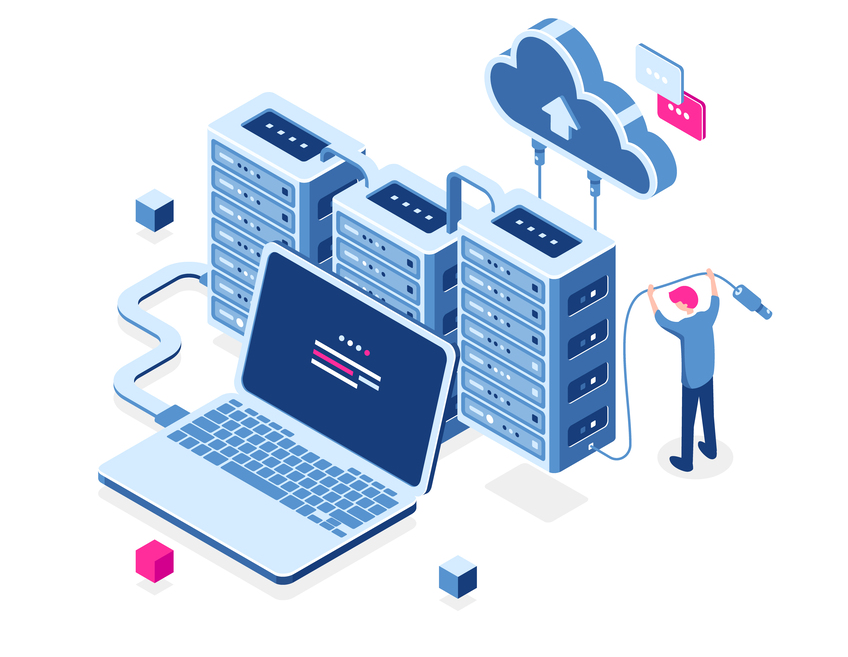Cloud Migration
The process of partially or completely transferring a company's digital assets, services, databases, IT
resources, and applications to the cloud is known as cloud migration. Moving from one cloud to
another is another aspect of cloud migration. Similar to a physical move, cloud migration entails
moving data, programmes, and IT procedures from one data center to another, as opposed to
packing up and transporting actual physical items. Cloud migration needs a lot of planning and
preparatory work, much like moving from a smaller office to a larger one, but it typically pays off with
cost savings and increased flexibility.

Significant advantages of moving to the cloud?

To host applications and data in the most efficient IT environment possible, depending on
considerations like cost, performance, and security, are the general goals or benefits of a cloud
migration.
In order to benefit from features like increased elasticity, self-service provisioning, redundancy, and a
flexible pay-per-use model, many businesses move their on-premises apps and data from their local
data center to public cloud infrastructure.
Scalability:
Compared to on-premises infrastructure, cloud computing scales far more readily to
serve larger workloads and more users.
Cost-effectiveness:
Because cloud providers handle upgrades and maintenance, businesses
moving to the cloud can spend a lot less on IT operations.
Digital experience:
Whether they are clients or employees, users may access cloud services and
data from any location.

Process for Cloud Migration
Based on variables including the sort of migration an organization wants to execute and the exact
resources it wants to move, the cloud migration phases or processes the organization uses will
change. Having stated that, the following are typical components of a cloud migration strategy:
- Evaluation of the performance and security needs
- Choice of a cloud provider,
- Cost estimation, and
- Any necessary rearrangement.

Grursus mal suada faci lisis Lorem ipsum dolarorit more and dumm ametion consectetur elit. Vesti at bulum nec odio aea the of dumm

Robert Bruce
Apps Developer

Grursus mal suada faci lisis Lorem ipsum dolarorit more and dumm ametion consectetur elit. Vesti at bulum nec odio aea the of dumm

Cassie Ventura
Product Manager

Grursus mal suada faci lisis Lorem ipsum dolarorit more and dumm ametion consectetur elit. Vesti at bulum nec odio aea the of dumm

Kate Kingston
Web Designer

Grursus mal suada faci lisis Lorem ipsum dolarorit more and dumm ametion consectetur elit. Vesti at bulum nec odio aea the of dumm

Robert Bruce
Apps Developer

